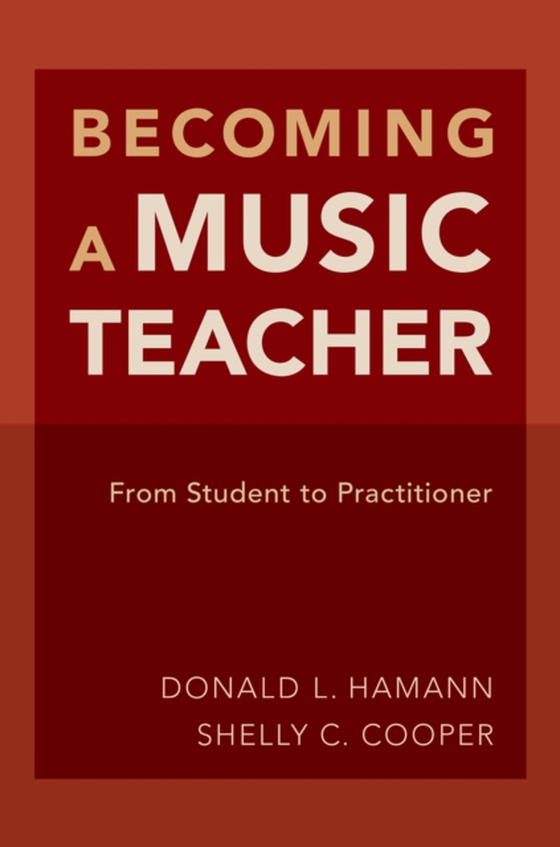
Becoming a Music Teacher e-bog
366,80 DKK
(inkl. moms 458,50 DKK)
New music teachers often struggle to find a way to connect the content learned in college classes with the content that will be taught in the classroom, since the nature of their work demands a high level of both musical and educational ability, while also the skills to switch from tuning an orchestra to leading a marching band or practicing voice parts with a chorus. Becoming a Music Teacher: ...
E-bog
366,80 DKK
Forlag
Oxford University Press
Udgivet
4 december 2015
Længde
352 sider
Genrer
Techniques of music / music tutorials / teaching of music
Sprog
English
Format
epub
Beskyttelse
LCP
ISBN
9780190245108
New music teachers often struggle to find a way to connect the content learned in college classes with the content that will be taught in the classroom, since the nature of their work demands a high level of both musical and educational ability, while also the skills to switch from tuning an orchestra to leading a marching band or practicing voice parts with a chorus. Becoming a Music Teacher: Student to Practitioner focuses on making the connections between the college music classroom and public school music classroom transparent, visible, and relevant. Award-winning music educators Donald L. Hamann and Shelly Cooper have created a versatile text for music teacher education, and one that will provide a significant resource for music education students across the US. Based around an innovative organization and approach, Becoming a Music Teacher is made up of 40 short modules that focus on increasing a teacher's comfort and confidence level when instructing or leading groups. Each module is broken down into four individual components that demonstrate real life transfers from classes to classroom through the components of Personal Awareness, Personal Musicianship, Pre-Conducting, and Professional Knowledge. The Personal Awareness component gives a lesson on good teaching skills by focusing on body awareness, body language, and communication styles rather than abstract theories of education. Personal Musicianship provides a guided learning approach to teaching sight-singing and opportunities to create both vocal and instrumental accompaniments with the songs that are included in the modules. Pre-conducting discusses ways in which certain gestures or concepts could be used in rehearsing a school ensemble through the development of hand/arm independence, posture, and gestures. Professional knowledge links the module to the real world and places it in the context of the workplace, offering advice on how to work with other teachers and administrators, and includes characteristics of successful teachers, the role of schools in contemporary society, and diverse learners. When taken together, these components help the student develop a genuinely rounded skill set for the classroom. The lessons are activity-based and interactive, allowing readers to experiment, communicate, and provide feedback. The modules are also flexible and have been designed to be easily integrated into a music education classroom and applied to specific age groups, includingadult learners, a demographic many music education students encounter but one rarely discussed in music education classrooms. Each module stands alone, allowing instructors to customize their lesson plans by selecting or highlighting the modules most relevant to their class. This text also includes exercises that promote reflection on professionalism, collegiality, and legal factors that affect both students and teachers, not found in most education texts.
 Dansk
Dansk

